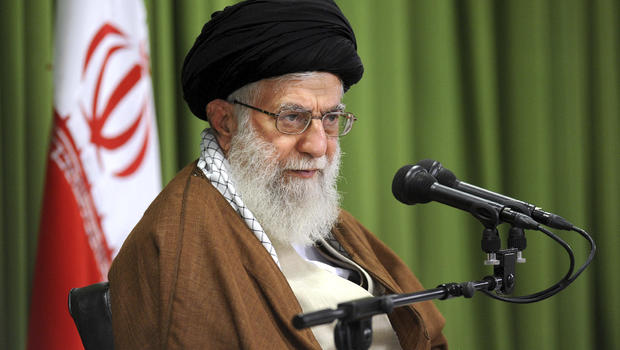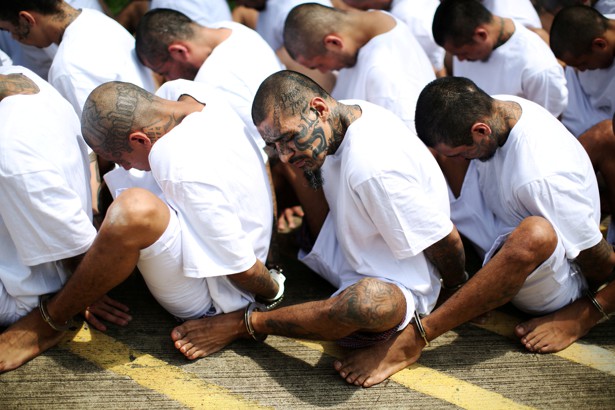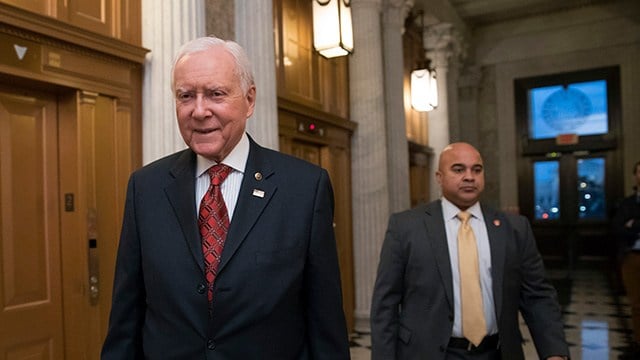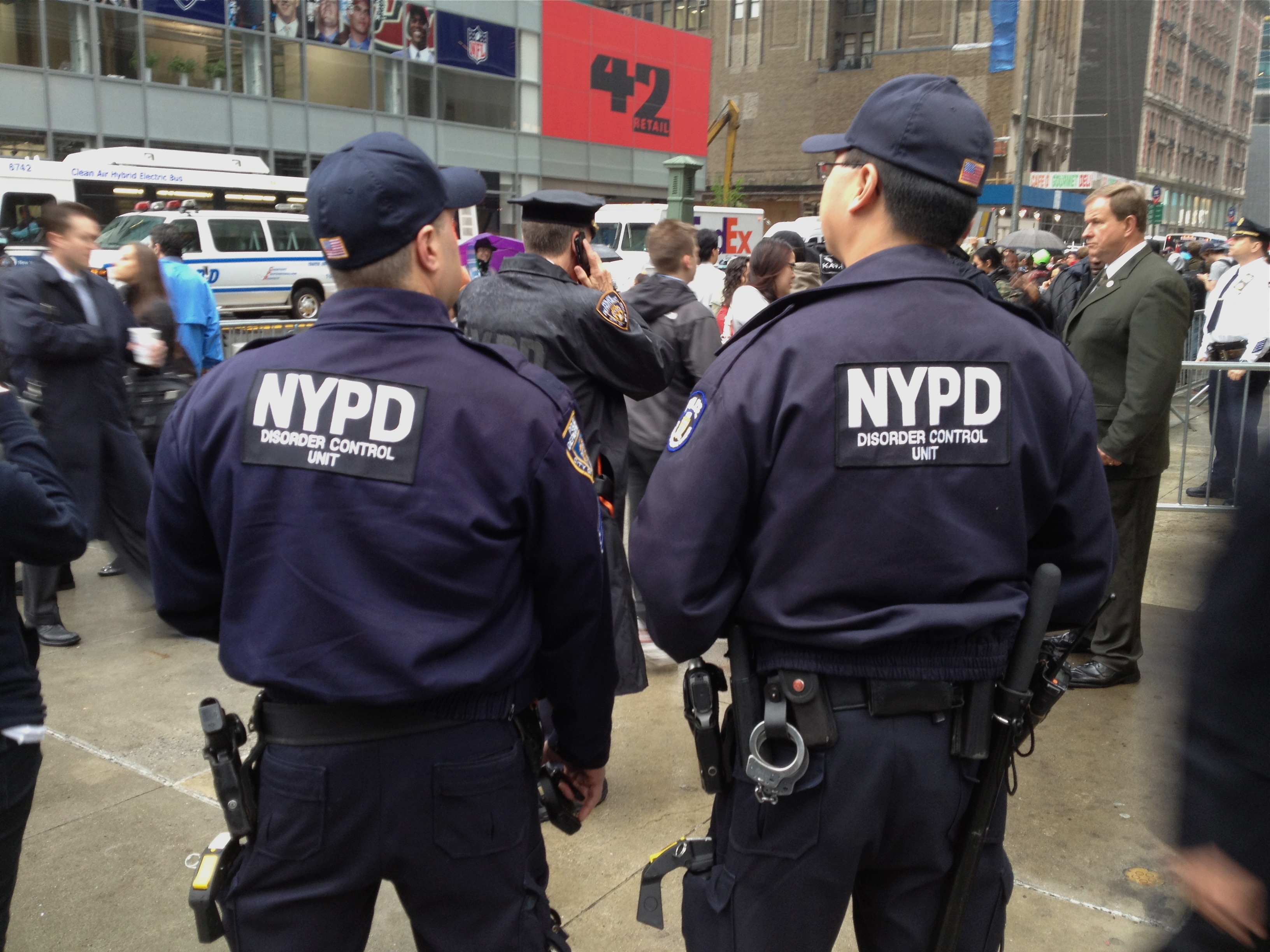By Paul Sperry
January 4, 2018

Hillary Clinton and Christopher Steele. with text from the Federal Election Commission complaint. (Photo illustration: Yahoo News; photos: Matt Rourke/AP, Victoria Jones/PA via AP)
Democrats have been quoting from the infamous anti-Trump “Steele dossier” as if it were gospel, but now that Hillary Clinton has been revealed as its paymaster and a Hillary-friendly FBI is under investigation for possibly launching the Trump-Russia “collusion” probe under its false pretenses, they are suddenly in full retreat from it.
Their credibility is in tatters along with the discredited document.
Rep. Adam Schiff, who’s led the Democrats’ “collusion” inquisition as vice chair of the House Intelligence Committee, fully embraced the dossier from the moment the panel kicked off a public hearing in March with then-FBI Director James Comey. The California Dem eagerly read into the record its unfounded criminal accusations against Trump campaign advisers.
Since then, Schiff has dramatically changed his tune to one of caution and even regret: “I certainly would have liked to know who paid for it earlier.”
And he admits it “still remains to be seen” if the gossip against former Trump adviser Carter Page he read aloud and broadcast to the world, with McCarthyite relish, is actually true. In a recent closed-door meeting with Schiff, Page denied under oath the dossier’s claim that he met with two Kremlin officials to end US sanctions on Russia in exchange for bribes.
Also beating a hasty retreat from the dossier is Rep. Jim Himes (D-Conn.), a colleague of Schiff’s on the House Intelligence Committee.
“There may very well be errors in the dossier,” Himes conceded Wednesday to CNN, even though he had also cited the document repeatedly and vouched for its contents.
Over in the Senate, Democrat Mark Warner, who’s been leading the effort in that chamber to frame Trump as a Kremlin-backed traitor, is suddenly having reservations about the dossier he previously touted.
“Much of it still remains a real question of whether it is true or not,” the ranking Democratic member of the Senate Intelligence Committee said, adding, “It’s obviously very inflammatory.”
Democrats’ new mission is to bury the dossier, and the media are providing them the shovel.
The New York Times now reports “it was not [the dossier]” but other factors, including a tip from an Australian diplomat, that triggered the Russia probe.
On cue, Democrats are using the report to help them downplay their own party’s opposition-research paper and make it look like the now-obvious political smears were never a big factor in their witch hunt, either.
Even the Democratic opposition-research firm Hillary hired is distancing itself from the dossier it subcontracted.
While Glenn Simpson of Fusion GPS claims “we’re extremely proud of our work,” nowhere in his defensive op-ed in the Times earlier this week does he specifically defend that work. Astoundingly, he’s completely silent about the dossier’s core claim that ginned up this whole alleged scandal — that Trump officials and Russian intelligence worked together to hack the Democrats and spread stolen emails.
Instead, he changed the subject to “money laundering” and “financial ties,” which were never part of the “stolen election” narrative that Democrats have flogged to dog the presidency without end.
“We don’t believe the Steele dossier was the trigger for the FBI’s investigation into Russian meddling,” Simpson now maintains, even though the dossier’s author, ex-British spy Christopher Steele, worked closely with the FBI, while Simpson met with a top Justice official married to one of his researchers, to make sure the dossier’s wild allegations were taken seriously by investigators.
This is damage control.
What we have here is the miniaturization of the scandal as originally presented. The conspiracy-mongers are receding and retracting from their original accusations and smears in a fit of anxiety over what Congress will uncover about the Obama Justice Department’s reliance on this Democrat-underwritten dossier.
Its shameless Democratic promoters got everyone lathered up over a false conspiracy theory, and now they’re realizing they overreached and are running for the exits, revising history, recasting narratives, covering their keisters.
They led the nation on a wild goose chase, and now they fear the reckoning.
Paul Sperry is a former Hoover Institution media fellow and author of several books, including the bestseller “Infiltration.”
Paul Sperry is a former Hoover Institution media fellow and author of several books, including the bestseller “Infiltration.”






